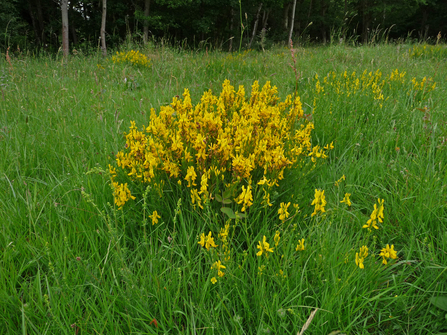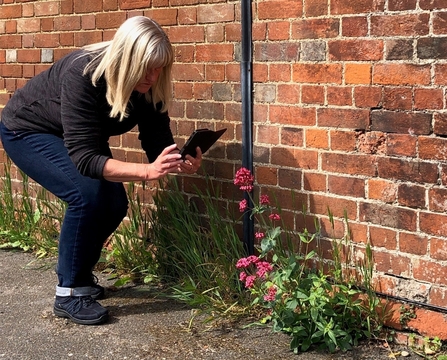How many wildflowers have you seen today? More than you think, I’m willing to wager.
Wildflowers can be remarkably resilient and often pop up in all kinds of unlikely places – roadside embankments, at the edges of farmers’ fields, in the cracks and crevices between paving stones and even growing out of walls. You don’t have to live next door to a nature reserve to see wildflowers every day.
Some people call them ‘weeds’, a rather judgemental term in my opinion. Weeds are often defined to be plants that are growing in the wrong place. But, until we became farmers and gardeners, there was no ‘wrong place’. Indeed, many of the plants termed ‘weeds’ today were used as feed for livestock (e.g. sow thistle), herbs for healing (e.g. woundwort) or sources of natural dyes for clothing (e.g. dyer’s greenweed) 100 or more years ago.



